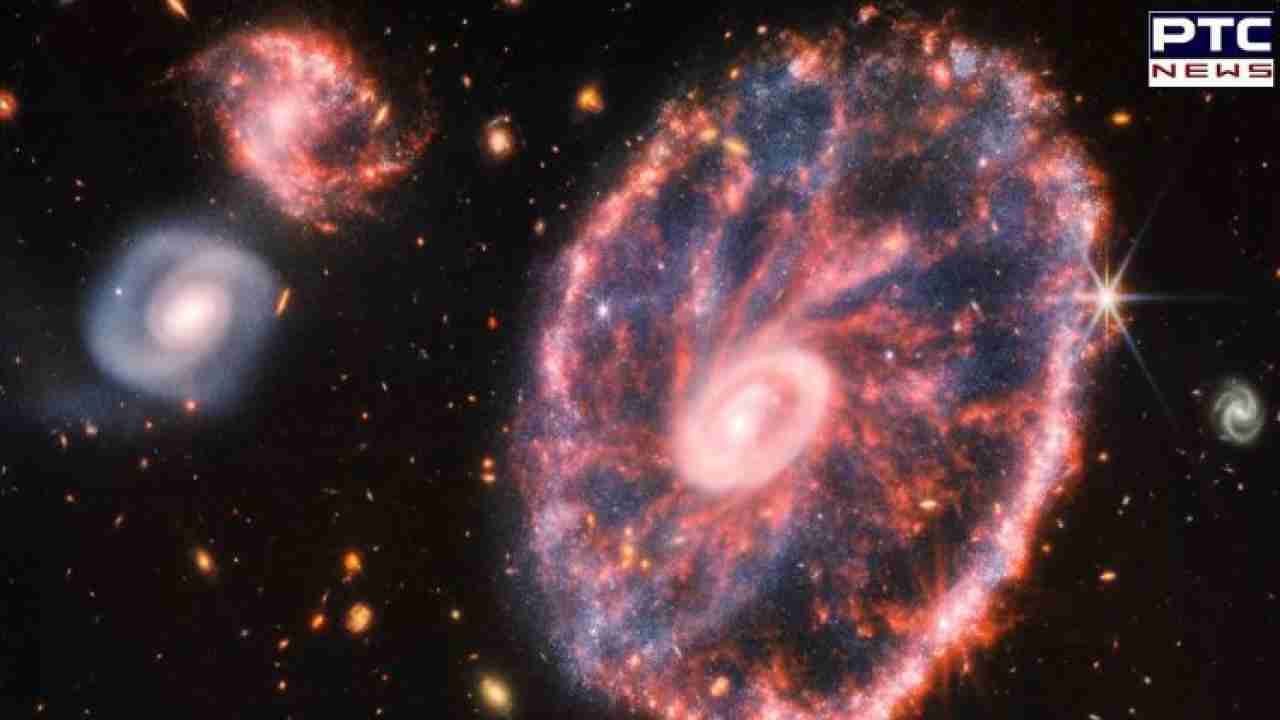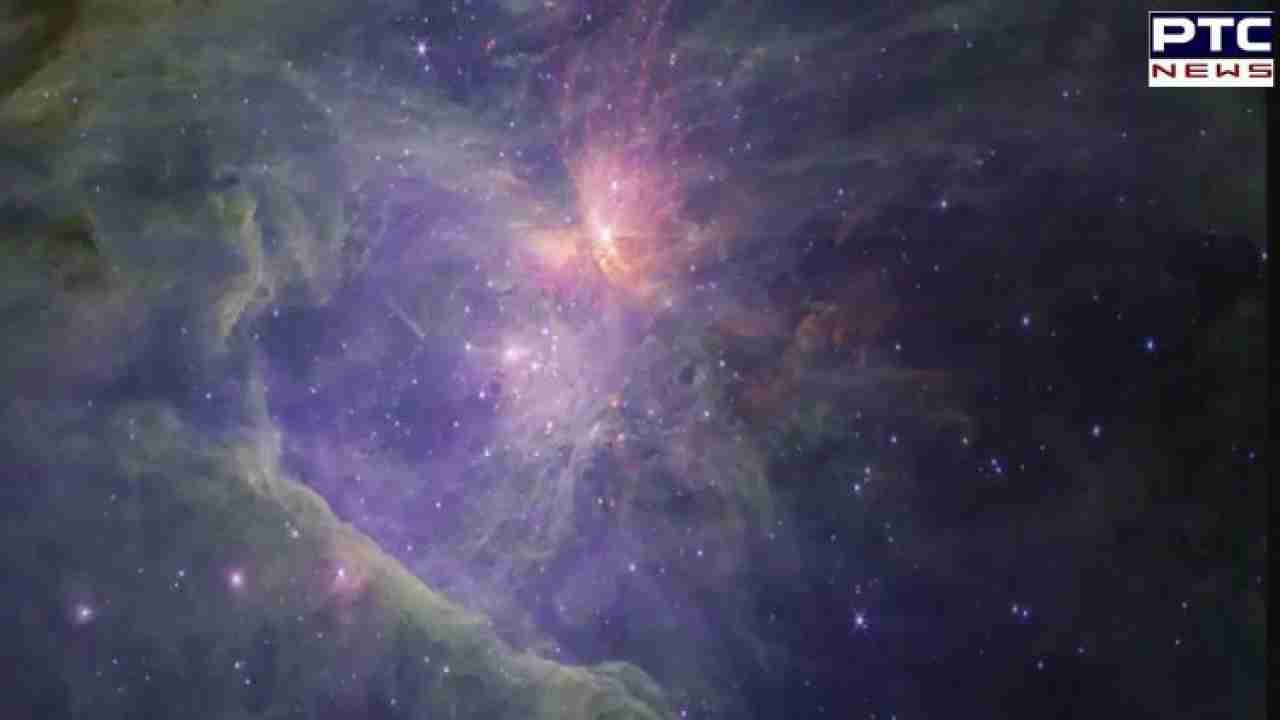

James Webb telescope observes enigmatic Jupiter-sized objects in space, baffling astronomers
PTC News Desk: In a remarkable discovery, the James Webb Space Telescope (JWST), renowned as mankind's most potent telescope, has identified Jupiter-sized objects adrift in the vast expanse of space, untethered to any star, according to a report by the BBC. These intriguing celestial entities have been affectionately termed "Jupiter Mass Binary Objects," or simply "JuMBOs."
Approximately 40 pairs of these enigmatic entities were spotted by the JWST during a comprehensive survey of the Orion Nebula. What sets these objects apart is that they are too substantial to be classified as stars, yet they defy the conventional definition of planets because they lack a parent star's gravitational influence. At present, astronomers find themselves grappling with the perplexing task of unraveling the mysteries of these celestial wanderers.
New space images!????
The NASA/ESA/CSA James #Webb Space Telescope has added detailed images of the Orion Nebula to our ESASky application.
Zoom into this region with a rich diversity of phenomena including protostars, brown dwarfs and even free-floating planets! pic.twitter.com/In4FQk8hrX — ESA (@esa) October 2, 2023
The European Space Agency (ESA) has proposed two potential explanations for the origins of these massive, unattached objects. The first theory posits that these entities might have originated in regions of the nebula where the density of material fell short of creating fully-fledged stars.

The second hypothesis suggests that these could be planets that initially formed in the vicinity of stars but were subsequently "ejected" due to gravitational interactions.
"The ejection hypothesis is the favored one at the moment. Gas physics suggests you shouldn't be able to make objects with the mass of Jupiter on their own, and we know single planets can get kicked out from star systems. But how do you kick out pairs of these things together? Right now, we don't have an answer. It's one for the theoreticians," remarked the European Space Agency's senior science adviser in conversation with BBC News.
Dr. Ed Bloomer, an astronomer at the Royal Observatory Greenwich, shed further light on this discovery by stating, "It's happening in the Orion Nebula, a star-forming 'stellar nursery' where we have already seen hundreds of nascent planetary systems. Together, this points to the possibility that our existing models and explanations for planetary formation and evolution aren't as complete as we'd like them to be – and I don't think any astronomer would claim that we had explained everything in that area of astrophysics anyway. Potentially we're looking at something very different from what anyone has seen before."
_6de6695c285cda066744d98e0dd24829_1280X720.webp)
The James Webb Telescope, launched in 2021 and commencing data collection in 2022, has revolutionised our comprehension of the early universe while capturing breathtaking cosmic images. Since its operational debut, the Webb telescope has unveiled the existence of the earliest-known galaxies and black holes, delivering a trove of unprecedented data. Webb's capabilities are approximately 100 times more potent than those of the Hubble telescope, making it an invaluable asset in unraveling the cosmos' mysteries.
Also Read: Paris 2024 Olympics: Bedbug invasion raises concerns for athletes' medal quest in French capital
- With inputs from agencies
